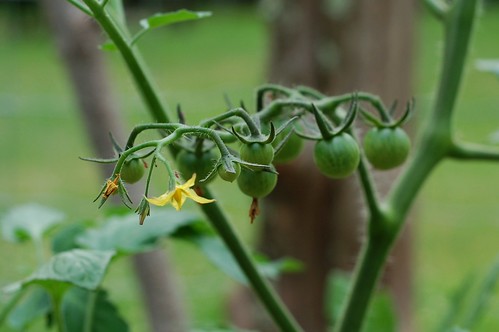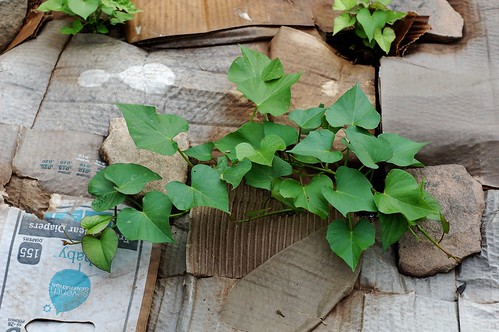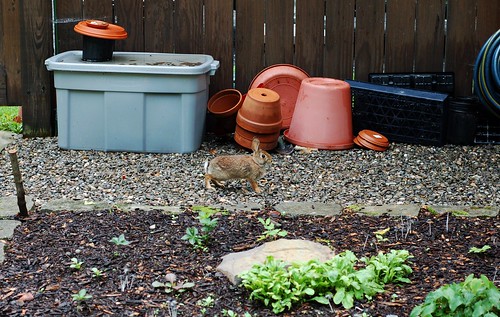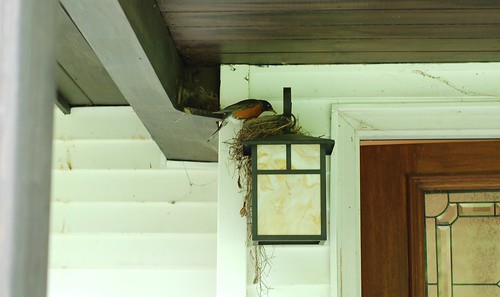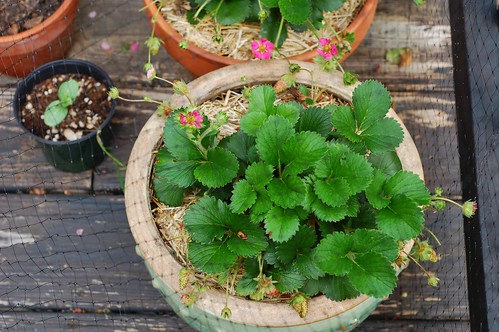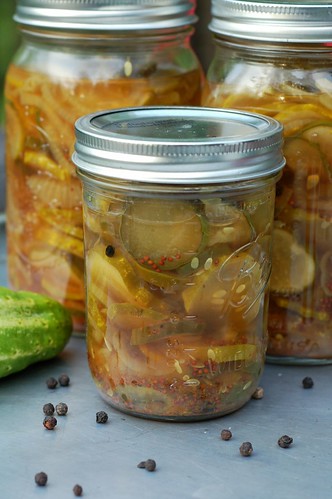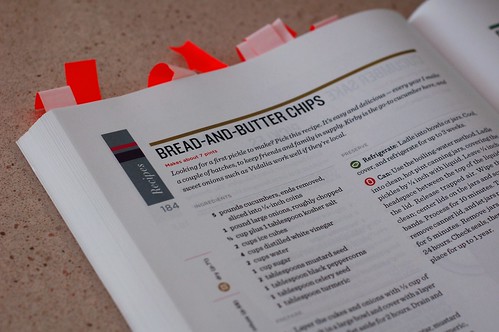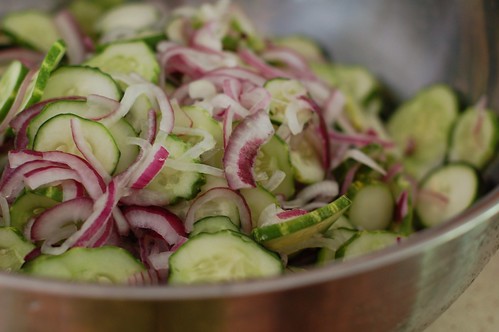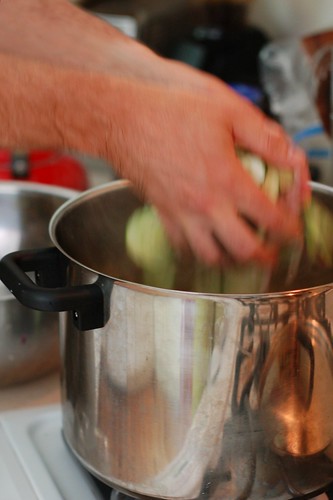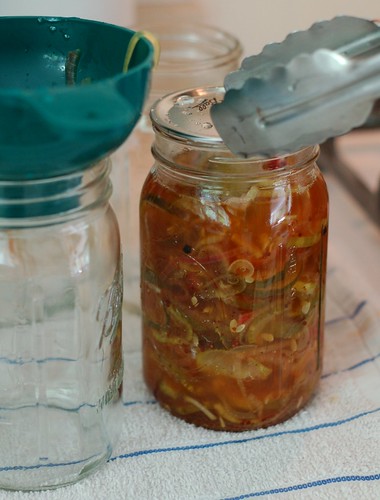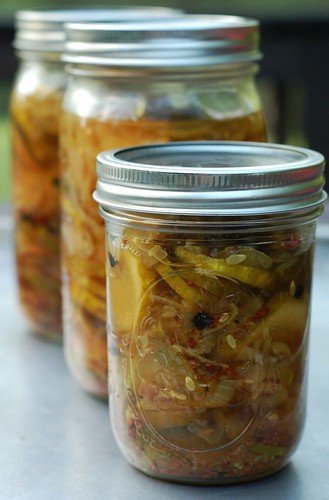But the plants are in high production mode and the cukes keep on coming. Not to mention that we're also getting quite a few cucumbers from our CSA. So I am always on the lookout for new ways to showcase these delightful green monsters. Like this lovely, little cucumber salad which is both refreshing and quick. And does not require me to turn on the stove - a definite bonus with the hot, heavy weather we've been having. Some days, the air is so thick it feels like soup, but not any soup you'd want to eat.
It's a little bit sweet and a little bit salty. And a lot crunchy. The ingredients are very simple - cucumbers (the fresher the better), a little bit of onion, shallot or scallion, cilantro, rice wine vinegar and olive oil.
You do a little slicing and dicing, then toss it all together with the vinegar and oil.
That's it. Done. I like to make this in one of our glass storage containers and just pop it into the fridge to let it stew for a while before I serve it.
When you're ready, just pull it out of the fridge and serve it up. Crunch, crunch. Yum.
Asian-Inspired Cucumber Salad
Serves 4-6 as a side
Ingredients
* 3-4 fresh cucumbers, rinsed and ends removed (if they're supermarket cukes, I'd peel them since the skin is usually waxed)
* 1/8 onion, skin removed (feel free to use more if you like onion)
* Handful of fresh cilantro leaves, washed and dried with the stems removed
* 1/3 cup seasoned rice vinegar
* 1/4 cup organic olive oil
* pinch of sesame seeds (optional)
Directions
1. Slice the cucumbers - the thickness is really up to you, depending on how you like 'em, but I'd slice them thinly enough to ensure they can soak up some flavor from the dressing, especially if you're not making this much ahead of time. Slice the onions - these I'd recommend doing very thinly. I like to use my beloved mandoline
2. Toss the sliced vegetables and herbs in a serving bowl with the rice vinegar and the oil. Taste it and adjust the seasoning as needed. Sprinkle with the sesame seeds and serve or put it in the fridge to soak up some flavor for at least half an hour. You can also make this up to a day ahead and store it in the fridge.
You might also like:
- Chopped Summer Salad - A Cool Flavor Explosion
- Herbed Rice & Cucumber Salad with Wild Garlic (or Scallions)
- Tzatziki - Greek Cucumber & Yogurt Salad with Herbs

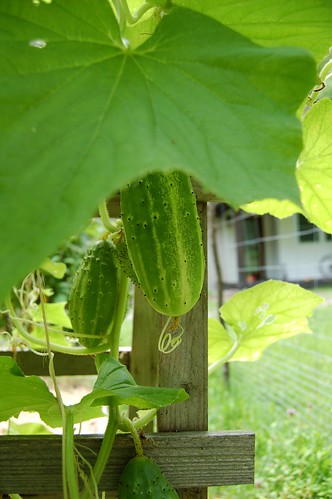
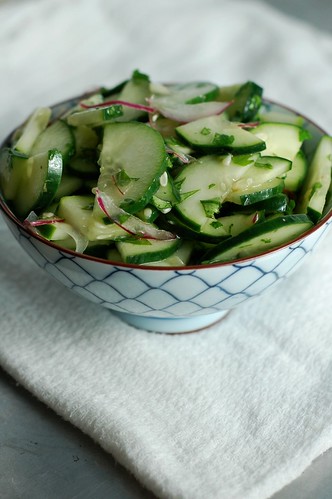

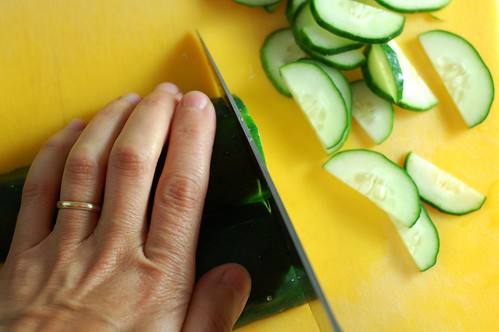
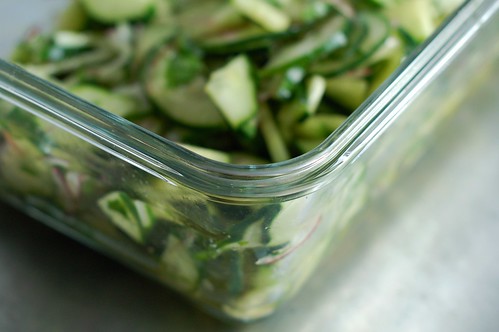
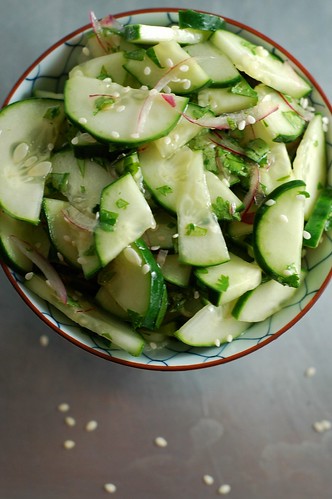



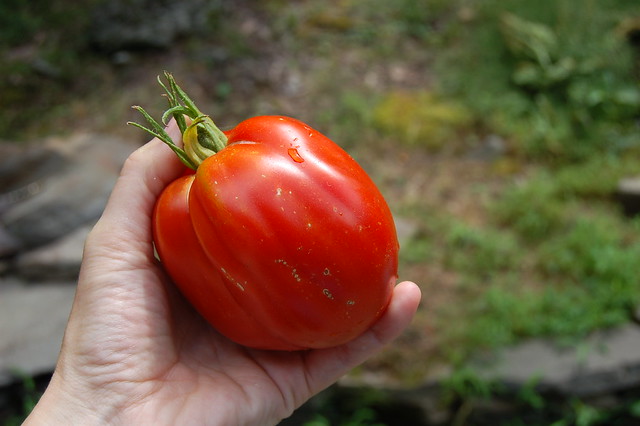

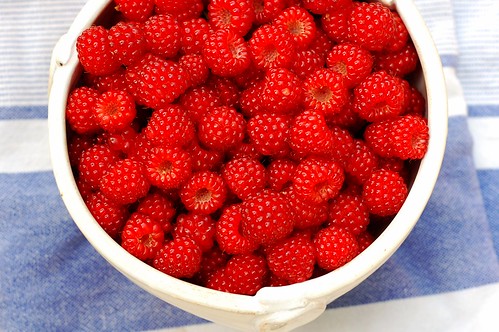

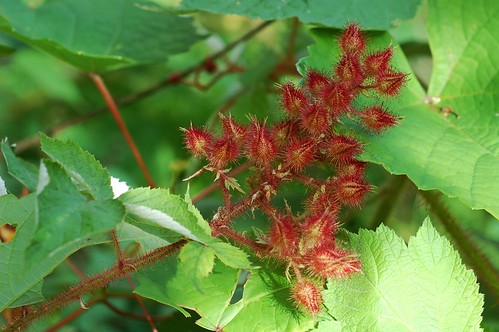

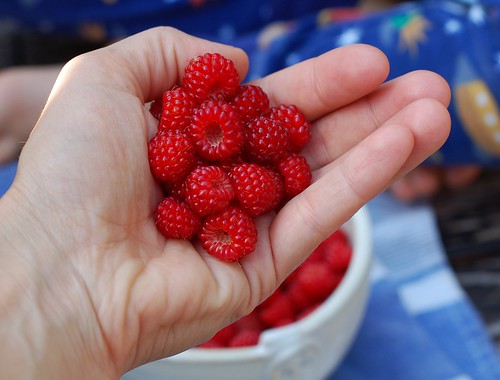

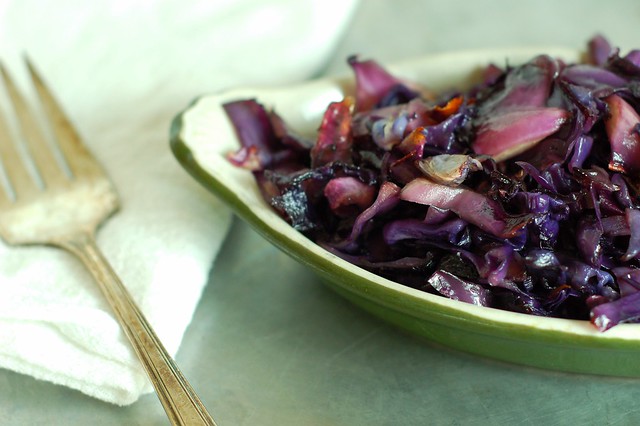
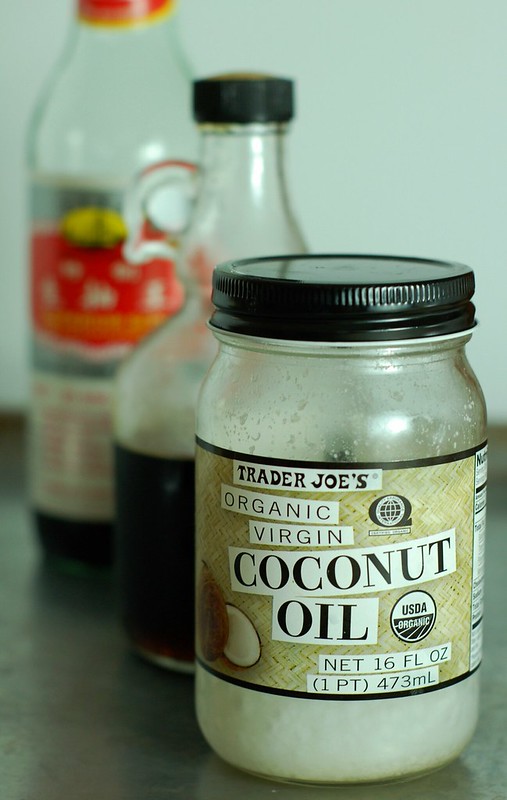
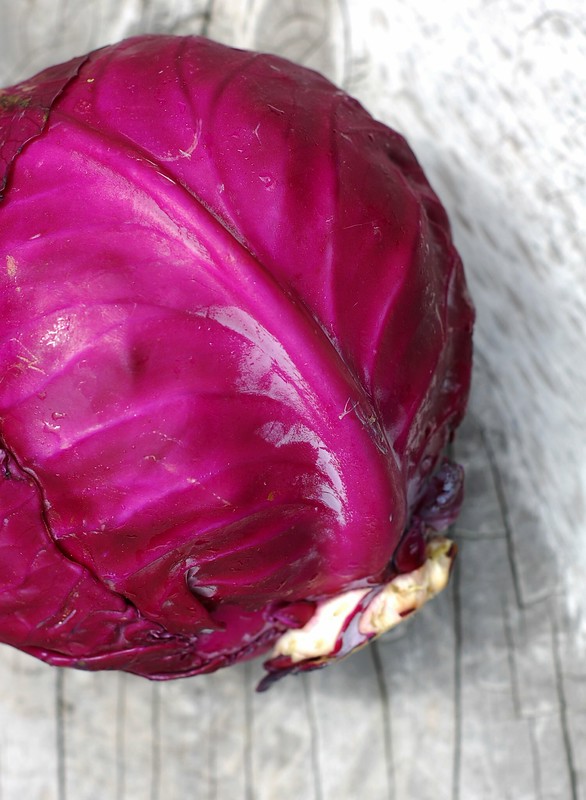
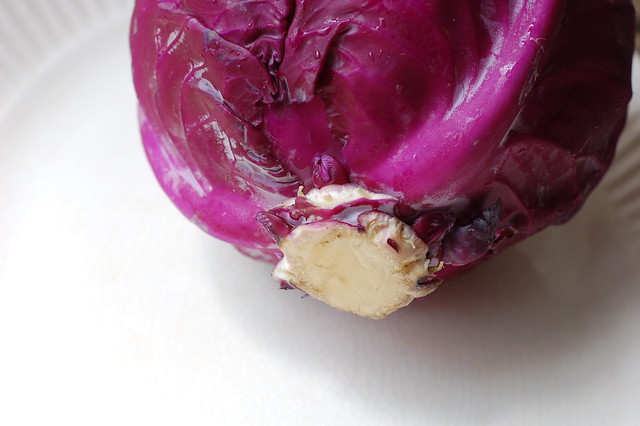
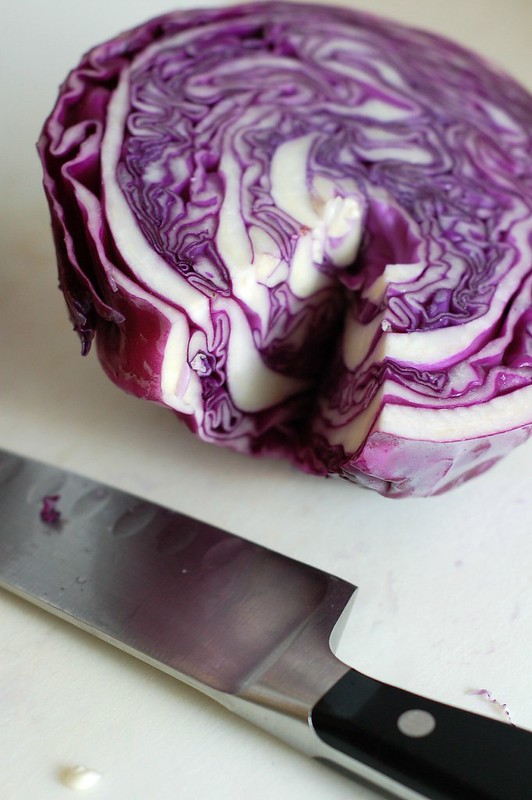
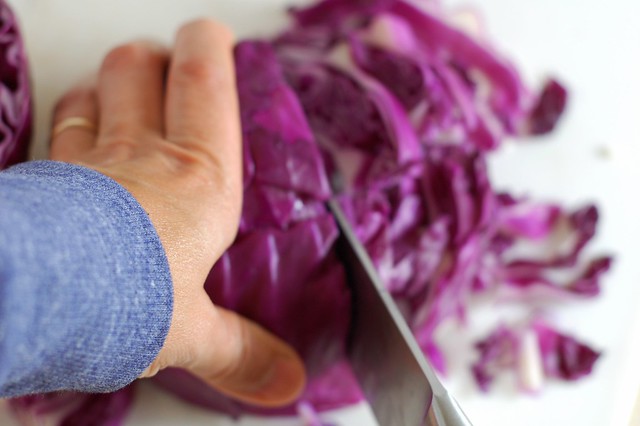
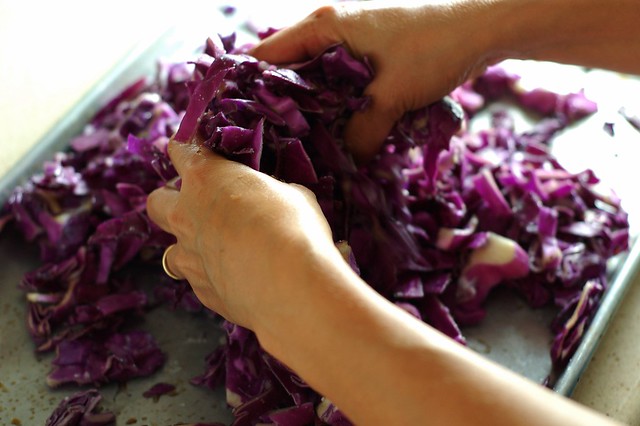

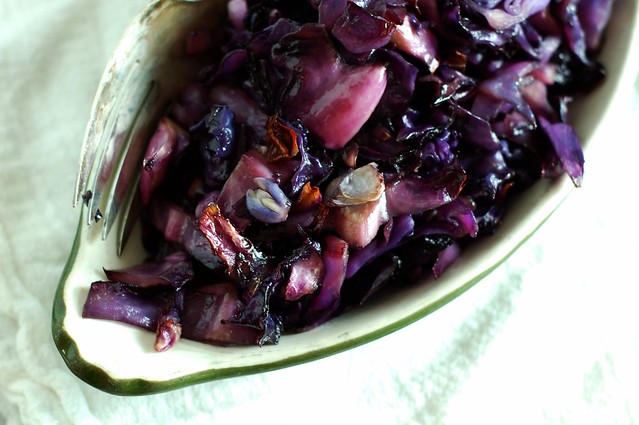

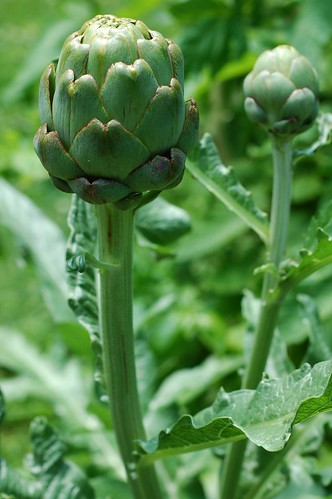
.png)


